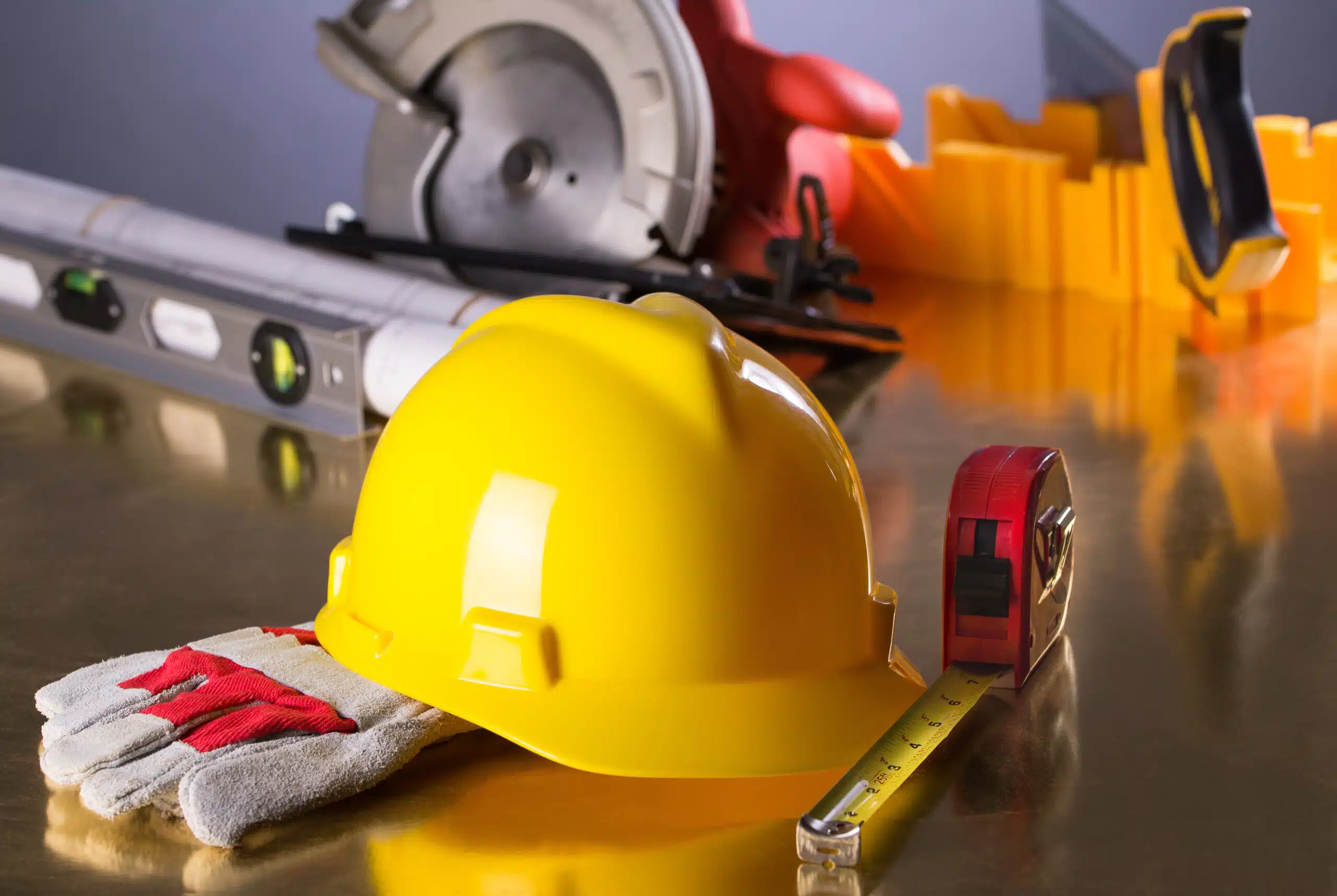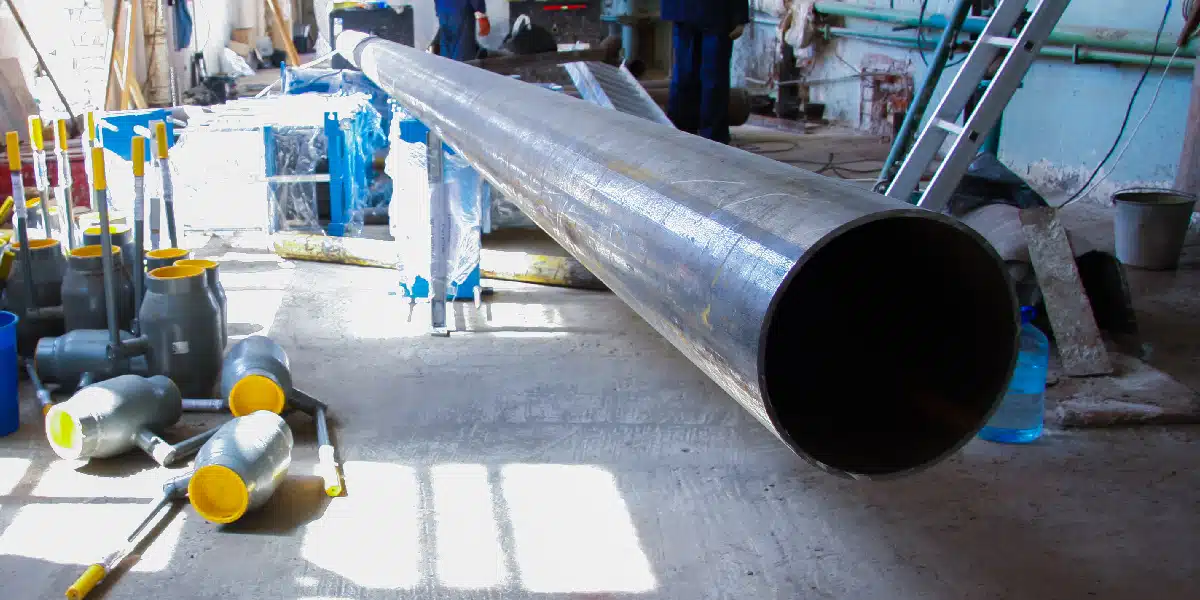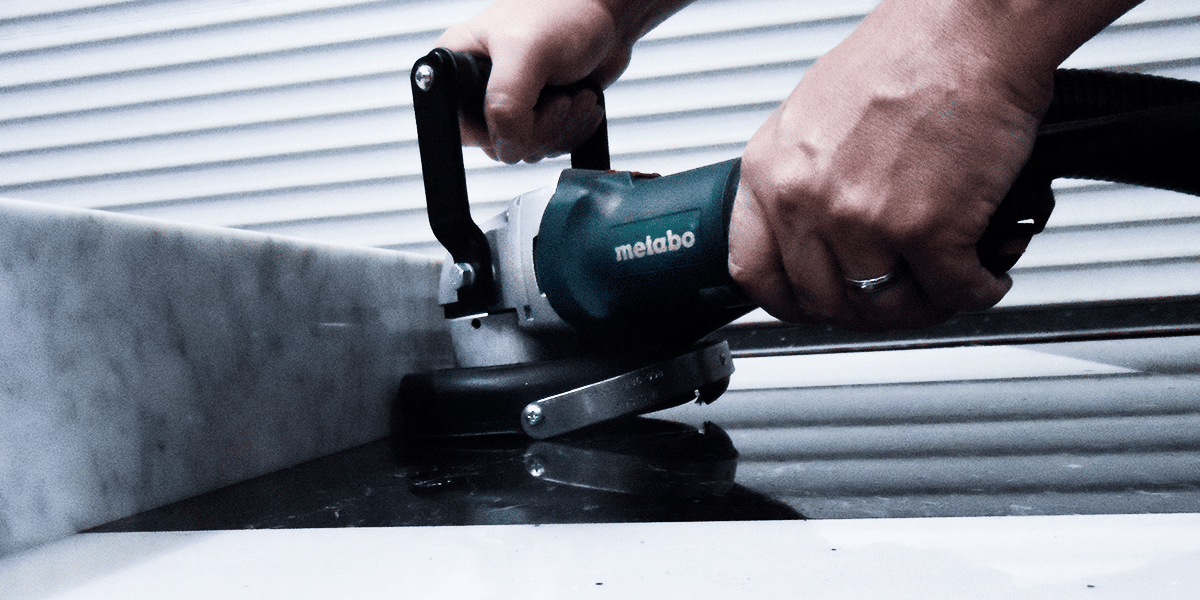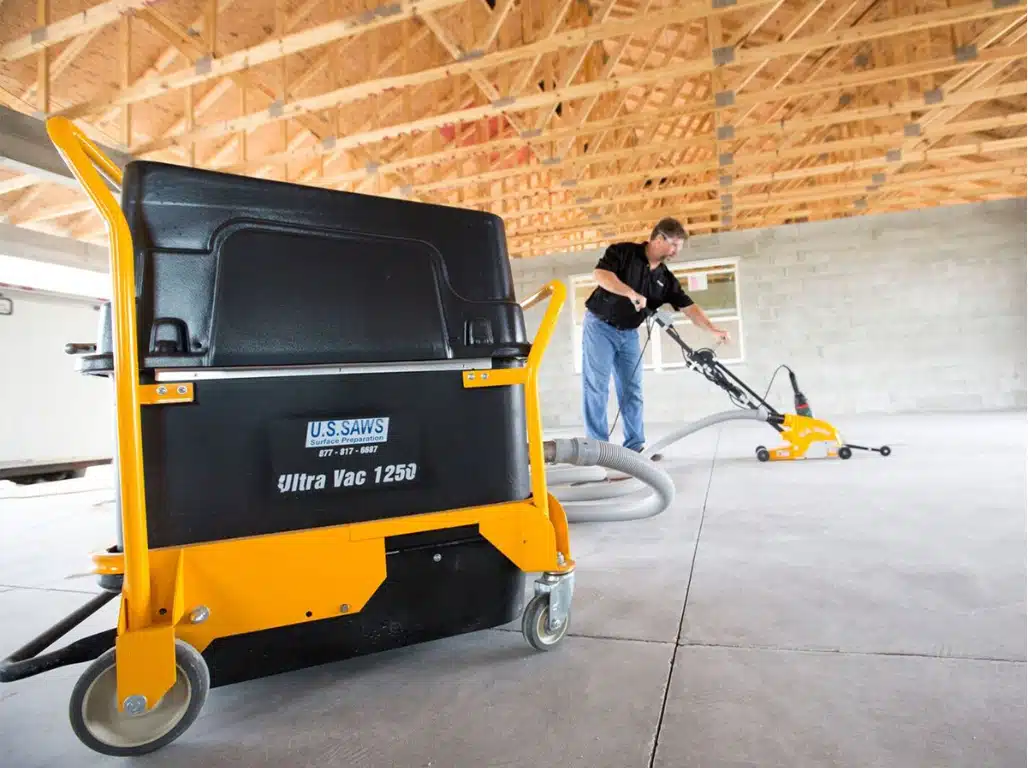Construction work can be dangerous, and it’s important for a contractor’s business that its employees are being responsible and practice upholding certain safety standards. Those standards are set in the United Stated by the Occupational Safety and Health Administration (OSHA). OSHA is an agency within the Department of Labor that is responsible for ensuring safe and healthy working conditions for employees in the United States. They set and enforce standards that employers must follow to keep their employees safe on a job site. These standards cover everything from protective equipment to safe work practices and environmental health.
As a business owner, it’s important to understand the significance of OSHA compliance and the impact it can have on your business. By complying with OSHA standards, you not only ensure the safety of your employees, but also protect your business from potential legal and financial consequences.
Whether you’re a large corporation or a small business owner, understanding the importance of OSHA compliance is crucial for maintaining a safe workspace. By following OSHA standards and best practices, you can protect your employees and your business, while also contributing to a culture of safety and well-being in the construction industry.
Overview of OSHA Compliance?
OSHA was founded in 1971 after the government listened to the public outcry against the alarming increase in workplace injuries and deaths. The agency covers most private sector employers and employees in all 50 states plus the District of Columbia and territories governed by United States laws.
Construction and municipal workers face some of the most hazardous working conditions in America. Whether it’s working on a high-rise building or repairing a busy street, these workers are constantly exposed to potential safety hazards. This is why compliance with OSHA regulations is so important.
For construction and municipal workers, OSHA compliance is critical to ensuring that they are protected from the hazards of their jobs. Some of the common hazards that these workers face include falls, electrocutions, struck-by accidents, and caught-in/between accidents.
OSHA has specific standards and regulations that apply to the construction and municipal industries. These standards cover a wide range of topics, including fall protection, respiratory protection, electrical safety, and hazardous materials handling.
One of the most important aspects of OSHA compliance for construction and municipal workers is training. Employers are required to provide comprehensive training to their employees on the hazards of their jobs, as well as on the proper use of the equipment they will use and safety protocols associated with that specific piece of equipment.
In addition to training, employers must also provide their employees with personal protective equipment (PPE) and ensure that it is being used properly. This may include hard hats, safety glasses, masks, gloves, and other equipment that is specific to the hazards of their jobs.
Another important aspect of OSHA compliance is recordkeeping. Employers are required to maintain detailed records of workplace injuries and illnesses, as well as any OSHA inspections that have taken place. These records must be kept for a specified period of time, typically five years, and must be made available to employees and OSHA inspectors upon request.
Failing to comply with OSHA regulations has serious repercussions for business owners, including fines, penalties, and even criminal charges in some cases. Non-compliance with these regulations can lead to serious injuries or fatalities for workers.
In an effort to remain compliant with OSHA regulations, employers should conduct regular safety audits and inspections of their locations. They need to stay up-to-date on any changes to the regulations and make any necessary adjustments to their safety programs in conjunction with the changes.
OSHA compliance may seem daunting for business owners and managers, but the goal is to ensure workers stay safe and are able to come back to work, day in and day out. Don’t risk the safety and health of your staff. Make sure safety is a priority and ensure everyone is following OSHA regulations.
Benefits of OSHA Training
Concrete has become popular over the years, not only for industrial purposes, but also for residential flooring. That glossy finish comes at a price, and often times, it is the concrete worker who pays for it. They face numerous hazards, including exposure to silica dust and other airborne particles. This can lead to a variety of respiratory problems, even cancer. In order to ensure the safety of concrete workers and all construction workers, it is important for contractors to provide comprehensive training to employees on dust collection and other safety practices.
There are multiple benefits to OSHA training for concrete and construction workers, including:
- Improved Safety: OSHA training helps workers identify and avoid potential hazards on the job, including those related to dust collection. By learning about the proper use of dust collection systems and other safety practices, workers will significantly reduce their risk of injury or illness.
- Increased Productivity: Properly trained workers are able to work more efficiently and effectively. This will lead to increased productivity and better-quality work.
- Reduced Costs: By reducing the risk of accidents and illnesses on the job, OSHA training can help companies avoid costly workers’ compensation claims and other expenses related to workplace injuries, including increased insurance premiums. Staying compliant also helps the business avoid fines and penalties for not adhering to regulations.
- Improved Morale: When workers feel like their employers care about them and prioritize workplace safety, they are more likely to have higher job satisfaction and better morale, leading to a more positive work environment and a reduction in employee turnover.
In addition to the above benefits, there are also specific advantages to OSHA training and its applications to dust collection for concrete and other construction workers:
- Dust collection is a critical component of preventing respiratory problems and other health issues related to the inhalation of airborne particles. Proper training on the use of dust collection equipment can significantly reduce the risk of illness for concrete workers.
- Improved Air Quality: It is impossible to remove all of the dust and other particles from the air entirely. However, using a dust collection system properly allows construction workers to significantly improve the air quality in their workplace. This not only helps protect workers, but all people who come into contact with the surrounding environment.
- Reduced Equipment Damage: Dust buildup can cause significant damage to equipment over time. Constantly replacing the equipment is a huge expense for contractors. Proper use of dust collection vacuums will help reduce the damage and extend the life of the equipment.
Providing OSHA training to employees, not only benefits employees, but it helps business owners to save money in the long run by keeping insurance premiums low, protecting equipment, and not spending countless dollars and hours of precious time trying to locate replacement employees for other workers out due to workplace injury.
Methods of Compliance
One of the key components of compliance with OSHA regulations is the use of specified exposure control methods, which can be implemented through the performance option or scheduled self-monitoring.
- Specified Exposure Control Methods: These are a set of guidelines provided by OSHA that outline the steps that employers must take to protect their workers from exposure to hazardous substances. In the case of dust and other hazardous airborne particles, OSHA has specific regulations related to the use of dust collection systems to minimize exposure.
- Performance Option: the performance option is a method of compliance with OSHA rules that allows employers to use any combination of controls that achieves the same level of production as the specified control methods. The employer is free to choose the most effective and practical methods of controlling exposure to dust and other particles. This is a popular option for employers because they can tailor their methods to the specific needs of their workplace. For example, an employer may use a combination of engineering controls (like a dust collection system) and administrative controls (like limiting exposure time) to remain compliant.
- Scheduled Self Monitoring: This method of OSHA compliance is designed to ensure that specified exposure control methods are being properly implemented and maintained. This requires employers to monitor their workplace to ensure that their control methods are effective and that workers are not being exposed to hazardous particles and substances. Scheduled self monitoring can be useful for employers to ensure their workers are safe and the company compliant. By monitoring their workplace regularly, employers can identify potential hazards and take corrective action before they become a problem.
What You Can Do with an OSHA Certification
OSHA offers two different certifications to train employers and employees on proper safety measures for their respective industries. The OSHA 10 and 30 hour training programs are taught by authorized trainers. Let’s explore how these training certifications can benefit both employers and employees.
- OSHA 10-Hour Training: This training course is offered online and is primarily for entry-level employees. Designed to improve safety awareness, the 10-Hour training is an introduction to occupational safety and health. It teaches students awareness skills and how to identify and prevent workplace hazards. By having employees complete this certification, business owners are able to reduce accidents on the job, which in turn saves both the business and the taxpayers money. It is also an easy and affordable way to remain OSHA compliant, which is crucial for small businesses. Obtaining this certification shows you understand safety protocols and meet the federal, state, and local training requirements, which is a real plus on a resume, especially for jobs that deal with exposure to hazardous materials like concrete and construction workers.
- OSHA 30-Hour Training: There are two options under the 30-Hour training program. The first program focuses on construction industry compliance provisions. The second is set up for safety supervisors and field managers. This extensive program provides employees with the knowledge of how to recognize, avoid, and prevent common workplace hazards and goes over the OSHA inspection process, permitting requirements for jobsites, general health and safety programs, emergency action plans, proper reporting or hazards, and industrial hygiene. Completion of this program is key to growing your professional skill set in the construction industry.
OSHA training is vital to the safety of workers. These programs allow workers to understand what the hazards are, how to prevent them, what to do in an emergency, how to use protective equipment and even basic first aid training. No employer wants to see an employee get hurt, and no employee wants a potentially life threatening injury to sideline them from earning a wage. The purpose of OSHA regulations is not to harass employers. It is to ensure that workers can do their job in a safe environment that will allow them to make it home to their loved ones at the end of the day and go to work the following day.
Ensuring that all of your employees are trained in safety measures for all high-risk areas provides confidence to the other employees that everyone at the site knows what they are doing. This improves morale, encourages teamwork, and instills a sense of community between the employees, all of which betters the business and saves money. Happy, healthy workers and money in the bank! What more could a business want?
OSHA certifications are not only beneficial to businesses. Obtaining these certifications is also a big plus for employees. When you add OSHA certifications to your resume, that is a sign to employers that you understand workplace safety and that you have experience in implementing and adhering to the necessary procedures. It’s also a great way to network with other safety professionals. In adding to your resume and networking with other professionals, you will be well on your way to a new job or even a promotion!
There are several ways to make this certification work for you as an employee:
- Increased Job Opportunities: There are many employers that require certain OSHA certifications before deeming you hirable. This is especially true in the construction industry where safety must be a top priority. By obtaining the OSHA certification, you make yourself more marketable to employers and increase your chances of being hired for the job that you want.
- Higher Pay: Having your certification in place when you are hired may make you eligible for a higher pay rate. It is not uncommon for employers to offer higher salaries or hourly rates to workers with their certifications already in hand. They recognize the value that the certifications bring to the table when talking about safety and risk reduction. Many employers will offer bonuses to employees who obtain certifications as a way to motivate workers to take the necessary steps.
- Leadership Opportunities: Becoming OSHA certified can also open up leadership opportunities. Employers look for workers that have OSHA certifications to take on roles such as safety coordinators or safety officers. These positions require people who have a solid understanding of workplace safety and who can develop and implement safety policies for the business.
OSHA compliance is no joke. It took many people becoming permanently maimed or losing their lives to cause the government to force businesses to strive for workplace safety. These regulations are not a punishment for business owners. They are a way to protect business owners from liability should a terrible accident occur and to protect employees from unsafe working conditions simply to put food on their table.
The hazards facing construction and concrete workers are many including falls from great heights, sharp saw blades, toxic chemicals, and microscopic dust particles that can infiltrate your lungs. Fortunately, there are businesses who understand the value of workplace safety and whose purpose is to manufacture and sell quality tools that are equipped with safety precautions.
U.S. SAWS is an industry leader in construction and concrete tooling and safety gear. Their vacuums and dust collection systems are designed to be efficient, portable, and reliable to ensure the health and safety of workers in the industry. Concrete workers will love the Ultra Vac 1250-G Gas Powered Vacuum. This heavy duty vacuum is the preferred system for joint clean out saws, early entry saws, and the CC-100 Crack Chaser. It’s powered by a Honda GX240 motor and has optional external HEPA filters and Longopac bagging systems to make concrete work that much safer. The best choice for worksites where electrical power is convenient is the Ultra Vac 1250 Dust Collector. This vacuum system is a great option for Heavy Duty “Dust Buggy” Joint Cleanout Saws and the VSG-10 Surface Grinder. It is powered by two Ametek 5.7” motors and is equipped with a 25-foot hose. Both of these dust collection systems comply with OSHA Table 1 regulations.
U.S. Saws understands the importance of workplace safety. That’s why we offer a range of surface prep and concrete finishing tools and equipment designed to keep workers safe on the job.
Our tools are engineered with safety in mind, from our dust shrouds and vacuum systems that minimize exposure to hazardous silica dust, to our diamond blades and bits that reduce the risk of kickback and injury. Additionally, we provide extensive training and support to ensure that our tools are used safely and effectively.
Investing in safety not only protects workers, but it also improves productivity and reduces the risk of costly accidents and injuries. Choose U.S. Saws for a safer workplace and a more profitable business.



